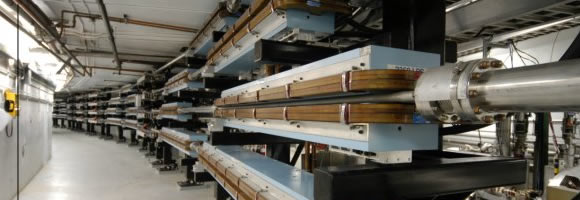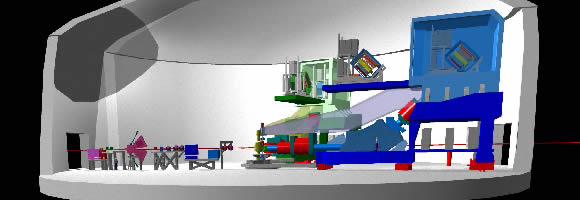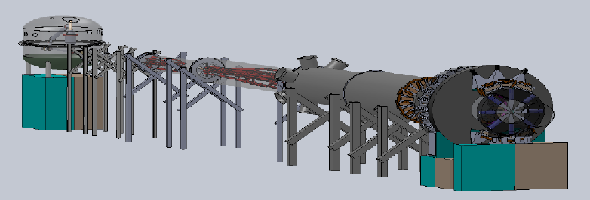
About The HAPPEX Collaboration
Since the mid-1990s, the HAPPEX collaboration has carried out numerous experiments utilizing the technique of parity violating electron scattering.
Thanks to the high-polarization electron beam provided by the Continuous Electron Beam Accelerator Facility (CEBAF) at Jefferson Labs, the HAPPEX collaboration has been able to make very precise measurements in relatively short periods of time.
The main science program of the collaboration aimed at measuring the strange quark contribution to the electromagnetic properties of nucleons. When combined with results from other experiments such as G0, SAMPLE and A4, the HAPPEX measurements have constrained such contributions to a few percent, but are consistent with zero to within 2-sigma.
Over time, the science goals evolved to include measurements of the neutron distribution of heavy nuclei (PREX) and the weak charge of the electron (PVDIS and MOLLER).


